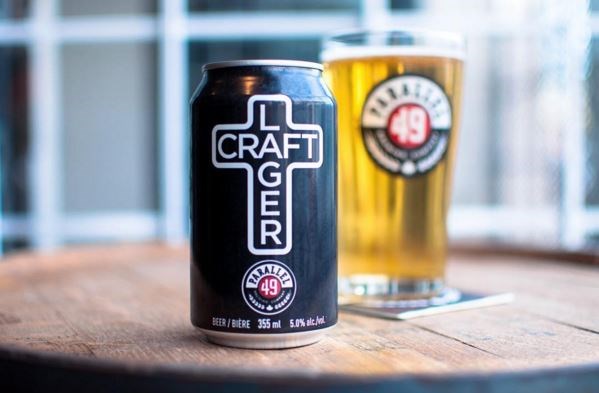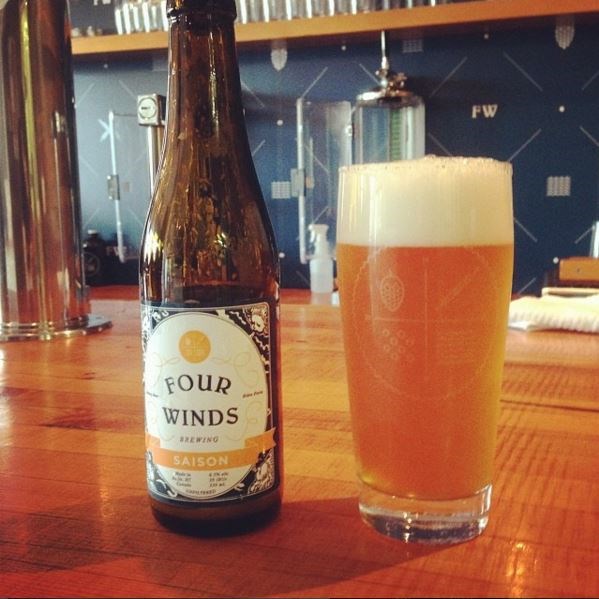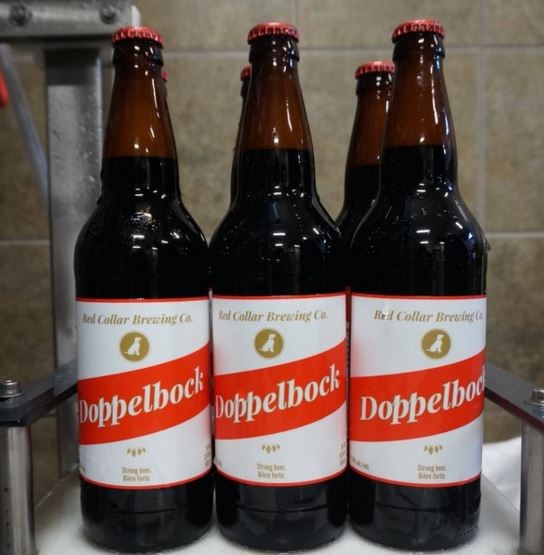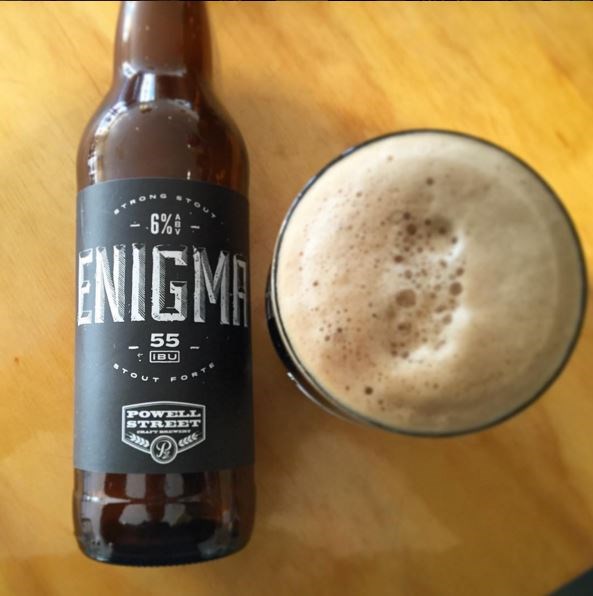Walk into any local craft brewery at the moment and chances are you’ll find a dozen or more types of beer to try; head to a respectable brewpub and that number is likely to jump into the 20’s or 30’s. Given all the choices available, it might surprise you to learn that all those beer can be essentially broken down into two distinct categories: Lagers and Ales.
When most people hear the word Lager, they generally tend to think of a light German beer. While not entirely wrong, Lagers can feature stronger, darker beers like a Doppelbock or a Dunkelweisen. So what exactly is the difference between a Lager and an Ale?
First off, Lagers are relatively new to the brewing scene compared to Ales. They first showed up around the late 15th or early 16th century in Bavaria and eventually started becoming popular across Europe. The reason behind the late start? It’s believed that the particular strain of yeast that eventually formed the common Lager strain came from none other than South America. Trans-Atlantic trade began around the same time Lagers started to pop-up, and researchers believe a yeast strain from Argentina is likely responsible, hitching a ride back to Europe on one of the trading ships.
This new yeast reacted to the fermentation process quite differently in two distinct categories: temperature and fermentation time. Ales being the more common style, feature yeast that ferments at the top of the wart (that’s the common term for beer that’s not quite beer yet). These Ales ferment at warmer temperatures and often are finished in a short time frame, some as little as seven days. Lagers on the other hand utilize a strain that ferments from the bottom and requires a much longer brew cycle, often several months, in a much colder environment. In fact the longer fermentation time even plays into the name, with “Lager” coming from Germanic roots meaning “storehouse”.
The differences in fermentation actually plays into the overall final product as well. Ale tend to be much stronger in flavour, even aggressive at times, while Lagers are much smoother, crisper and more subtle in taste and aroma. Lagers are in fact some of the most popular beers in the world, due to their more subtle nature and easy to drink appeal. Think of some of the biggest beer brands in the world: Stella Artois, Heineken, Coors, Budweiser, Corona, Peroni, Red Stripe…all Lagers (with varying degrees of quality of course).
In future articles we’ll look at the varying number of styles in both Ales and Lagers and breakdown exactly what defines each, but for the sake of comparing Ales and Lagers, here are a few local suggestions that showcase the unique differences between the two. These won't be direct one-to-one comparisons but they do showcase the relative differences in style.
Light Ales vs Light Lagers:

Parallel 49 Craft Lager- Parallel 49 uses local hops and malted barley to produce this traditional German style Lager. It’s a good example of a clean, crisp Lager that isn’t a mass production like Budweiser or Heineken.

Four Winds Saison- While Four Winds experiments year round with different styles, the Saison is available all year long, and for good reason. Compared to the Lager this has an aromatic hop nose with some spice and the hotter fermentation gives it a more fruit forward profile.
Dark Ales vs Dark Lagers:

Red Collar Doppelbock- This will seem nothing like the lighter Lager fair, but it is most definitely a Lager. Pouring at well over 7% alcohol, the Doppelbock gives off a strong roasted barley note with a hint of chocolate. While a darker beer, this will go down smooth and rich, compared to other darker Ale styles.

Powell Street Enigma Stout- Like the Doppelbock this Stout features strong aromas of chocolate and malt. However, these notes also come through heavy on the taste, as well as some espresso like bitterness. You’ll find the Stout plays a balance between malt and bitterness which leads to a lot of different flavour.


